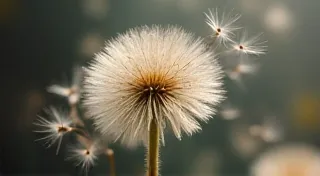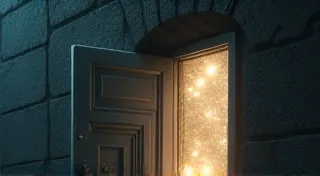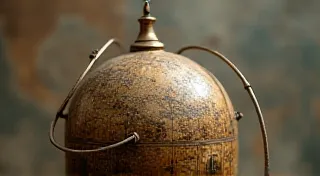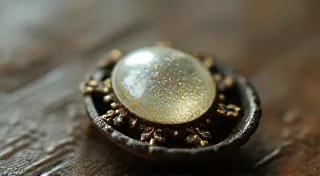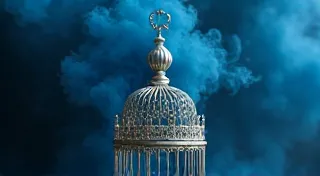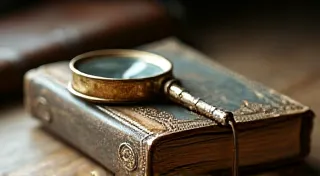Beyond Mourning: Hair Art as Decoration and Statement
The delicate, intricate beauty of Victorian hair art often evokes a somber image: a loved one lost, a grief meticulously preserved in woven strands. And while mourning undoubtedly played a central role in the rise of this unique craft, the story is richer, more nuanced, and considerably more fascinating than that singular narrative suggests. To truly appreciate Victorian hair art, we must look beyond the veil of bereavement and discover its surprising evolution – a journey that saw it transform from a deeply personal memorial into a cherished form of decoration, social currency, and even a bold statement of individuality.
My own fascination with hair art began quite unexpectedly. I stumbled upon a small, oval locket tucked away in my grandmother’s attic. Inside, meticulously braided and woven into a delicate floral pattern, were strands of hair. It wasn’t the sadness of the piece that captivated me, but the sheer artistry—the painstaking effort, the skill in transforming something so fragile and seemingly insignificant into a work of enduring beauty. That locket, a tangible link to a past I barely understood, sparked a lifelong pursuit to learn and share the stories behind these unusual heirlooms.
The Roots of Remembrance: Mourning Jewelry and its Evolution
The mid-Victorian era, particularly following the death of Prince Albert in 1861, was marked by an intense culture of mourning. Victorian society codified grief, establishing specific periods of mourning dictated by relationship to the deceased. Jewelry became a primary vehicle for expressing this grief. Jet, black enamel, and especially human hair became common materials. Initially, hair jewelry was purely functional—a direct and intensely personal way to keep a piece of the departed close. A lock of hair from a child who died in infancy, a braid from a beloved spouse – these were woven into bracelets, sewn into brooches, and encased in lockets.
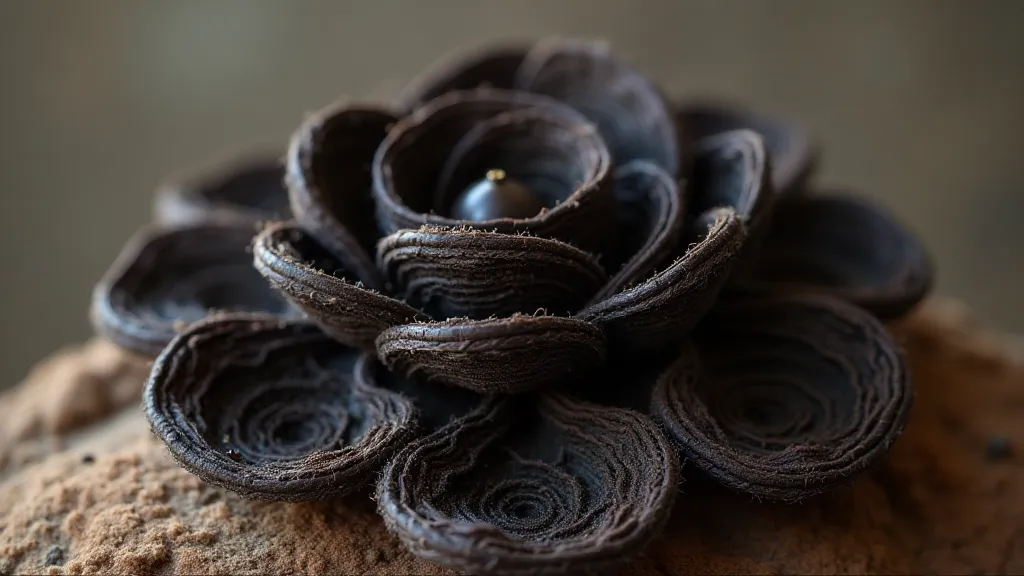
However, as the years passed and the Victorian era matured, the function of hair art began to subtly shift. While mourning remained a core element, the craftspeople – primarily women, often working from home to supplement their family income – started pushing the boundaries of the form. They began incorporating different materials – seeds, tiny beads, even miniature portraits – into their creations. The designs moved beyond simple braids and coils, blossoming into elaborate landscapes, intricate portraits, and symbolic representations of life and love.
Beyond the Locket: Hair Art as Personal Adornment
This shift wasn’s always about forgetting; it was about transforming grief into a more enduring legacy. Instead of solely representing loss, hair art began to celebrate life, family connections, and individual personality. Think of a young woman commissioning a piece incorporating the hair of her parents, siblings, and perhaps even close friends – a wearable testament to her entire family network. This wasn’t mourning; it was a declaration of belonging, a visual embodiment of cherished relationships.
Consider the popularity of “friendship pieces.” These were often elaborate creations, shared between close companions as a token of their bond. A young woman might exchange a bracelet made with her own hair and that of her dearest friend, signifying their unwavering loyalty and affection. These pieces weren't born from sorrow, but from a desire to commemorate friendship and shared experiences. The materials themselves weren't inherently sad; it was the intention and the memory attached to them that imbued the piece with meaning. The artistry involved in creating such pieces—the perfect braid, the precise knot, the delicate incorporation of other materials—became a mark of skill and a source of pride for the artisan.
The Language of Symbols: Crafting Meaningful Statements
The Victorians were a society steeped in symbolism. Flowers held specific meanings – forget-me-nots for remembrance, lilies for purity, roses for love. Hair artists cleverly incorporated these symbolic elements into their work, creating pieces that communicated layers of meaning beyond the simple presence of hair. A wreath of forget-me-nots meticulously woven with hair might represent the enduring memory of a loved one, while a rose crafted from a vibrant red braid could signify passionate love.
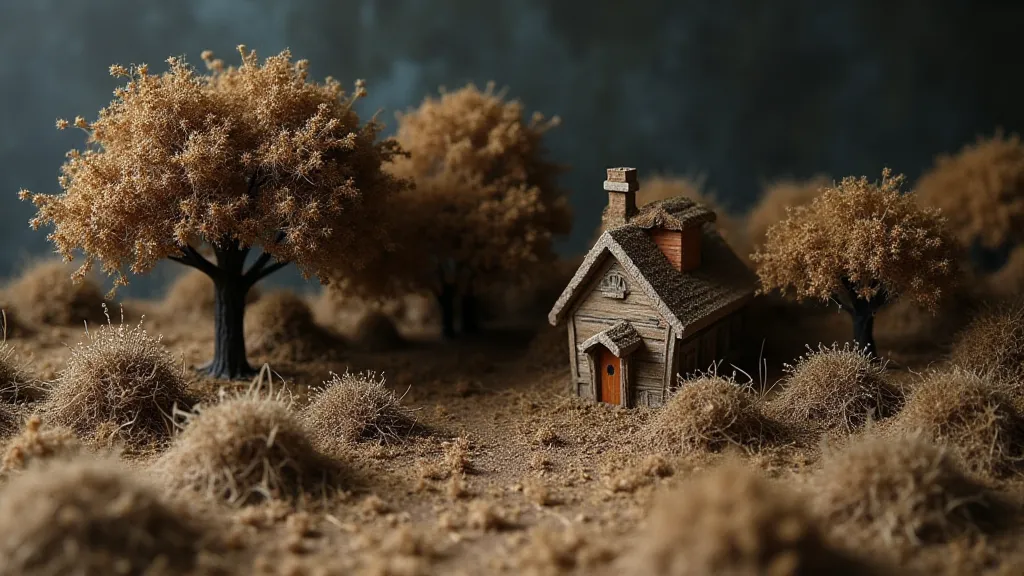
Interestingly, the hair itself wasn't necessarily from the deceased. Individuals might incorporate their own hair, or that of living relatives, to create a collective portrait of their family. This was particularly common in more elaborate pieces designed for display rather than constant wear. These artworks were often proudly exhibited in parlors, showcasing the family's values, social standing, and artistic sensibilities.
The Legacy of Skill: Restoration and Appreciation
Today, Victorian hair art pieces are highly sought after by collectors and enthusiasts. Their fragility and the meticulous skill required to create them make them truly unique and valuable artifacts of a bygone era. Many pieces bear the marks of time – discoloration, broken strands, and even insect damage. Restoration is a delicate process, requiring patience, a steady hand, and a deep understanding of the materials and techniques involved. Simply cleaning the hair with the wrong solvent can cause irreparable damage.
Appreciating Victorian hair art isn't just about admiring its beauty; it’s about understanding the social, emotional, and artistic context in which it was created. It’s about recognizing the ingenuity and skill of the women who transformed something seemingly ephemeral—a few strands of hair—into enduring works of art. It's about acknowledging that these pieces were often born not just from grief, but from love, connection, and a desire to create something beautiful and lasting.

These aren't just mournful relics of the past; they’re powerful testaments to the enduring human need to connect, to remember, and to express ourselves in beautiful and unexpected ways. They offer a poignant glimpse into the Victorian soul, revealing a depth of feeling and artistic innovation that continues to resonate today.
